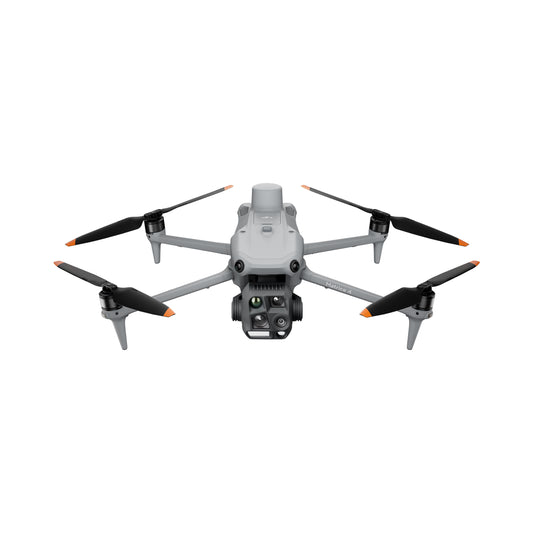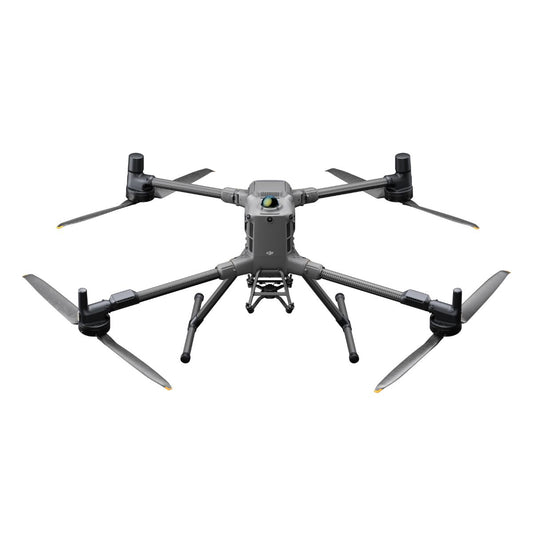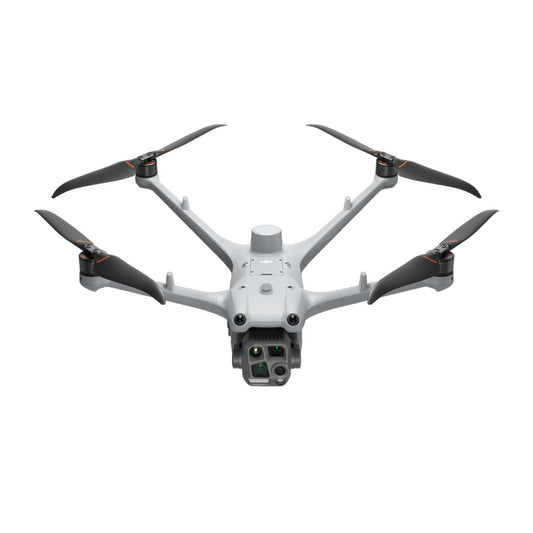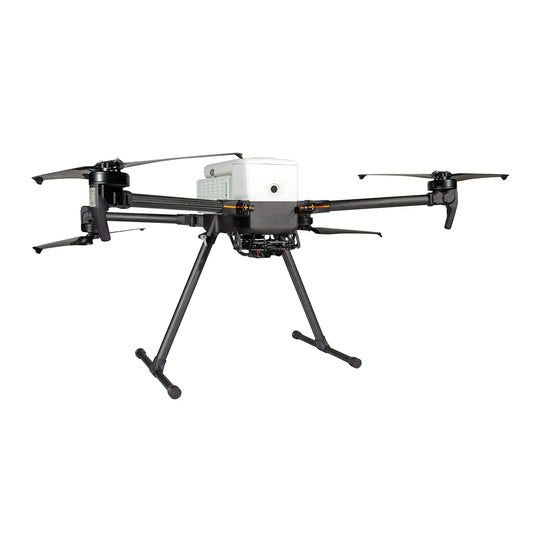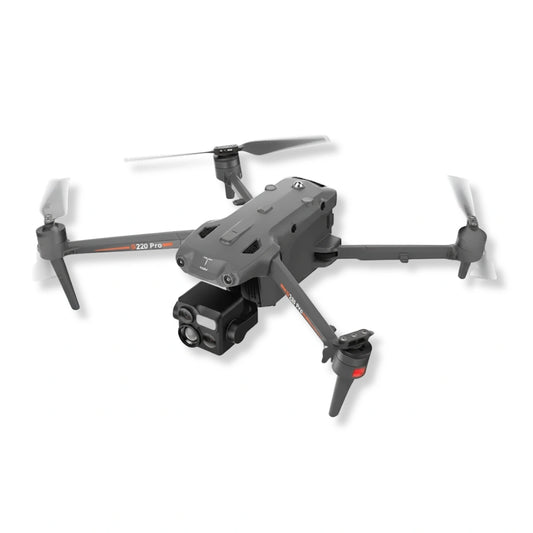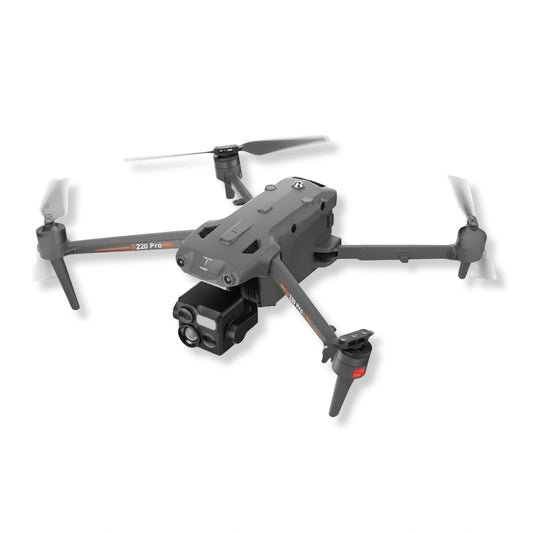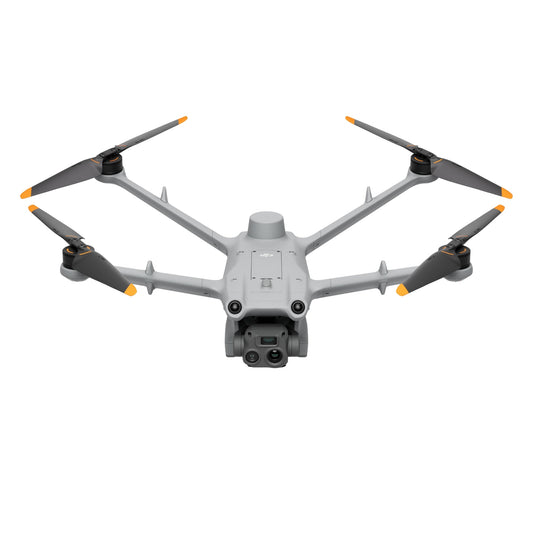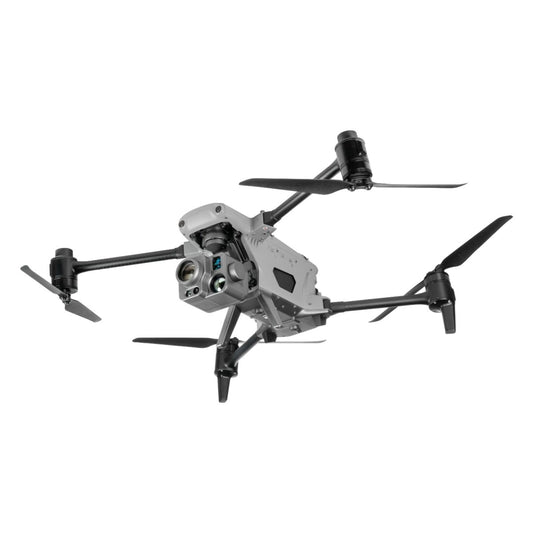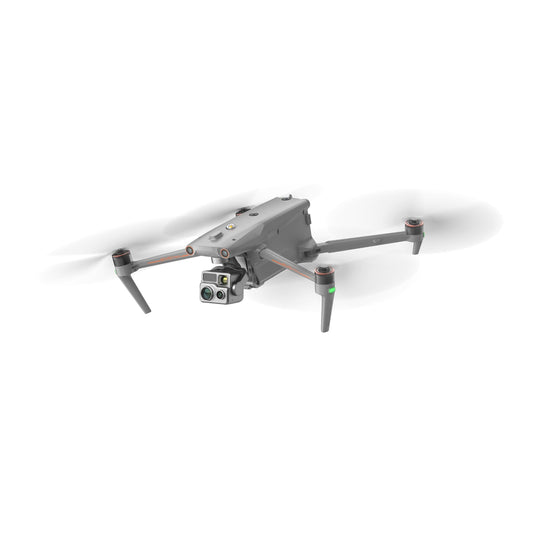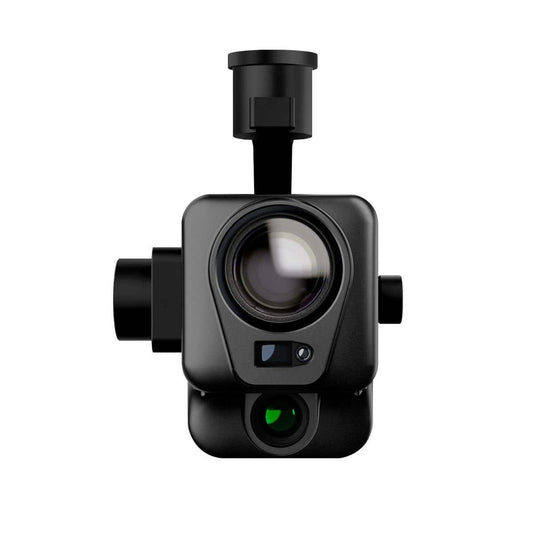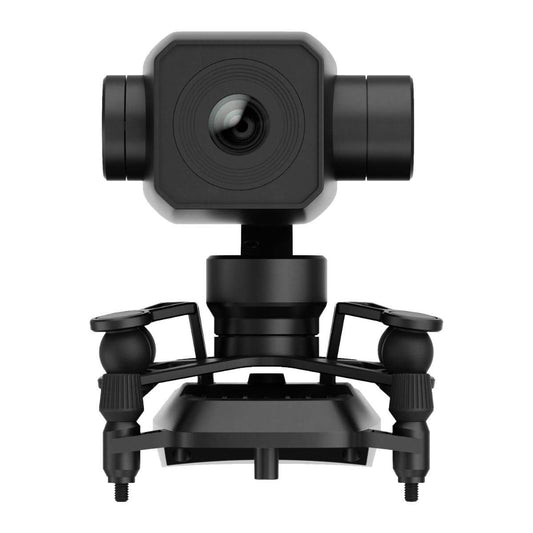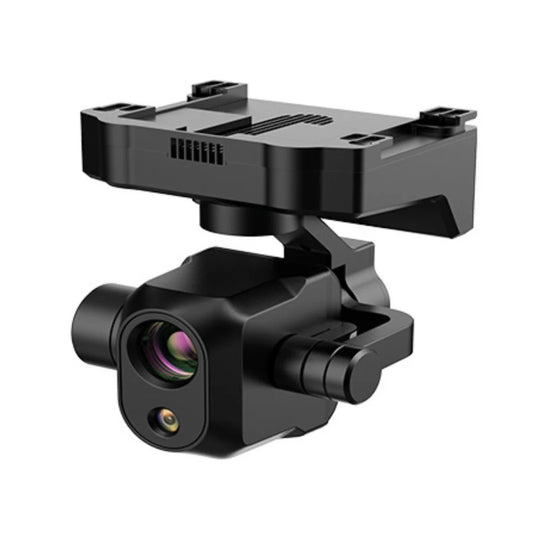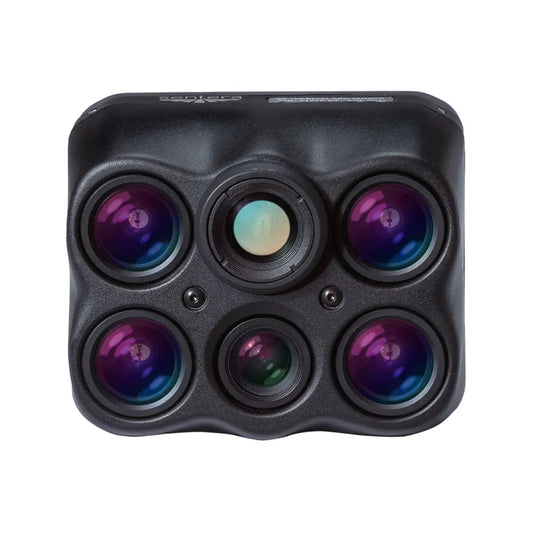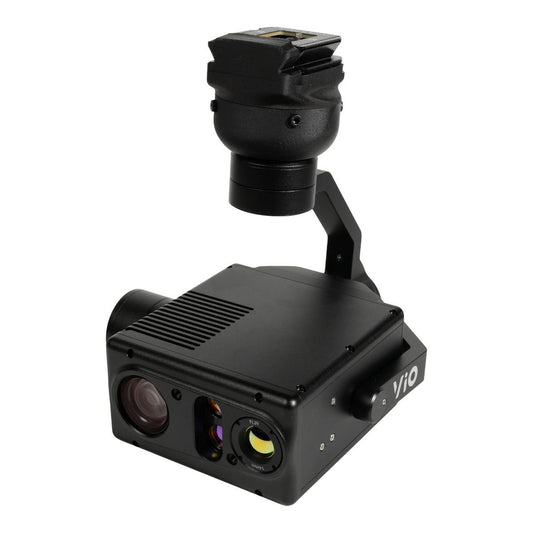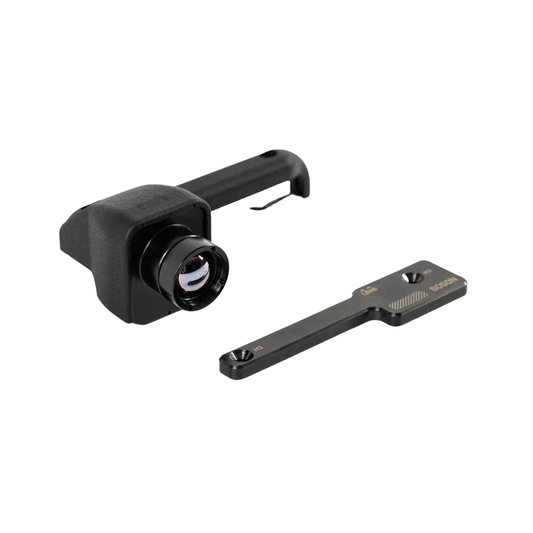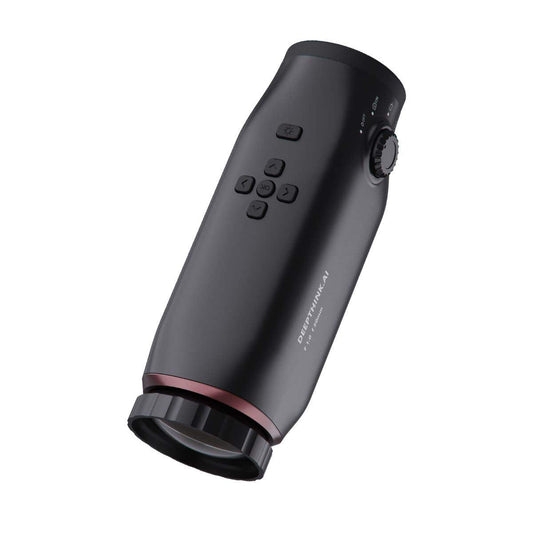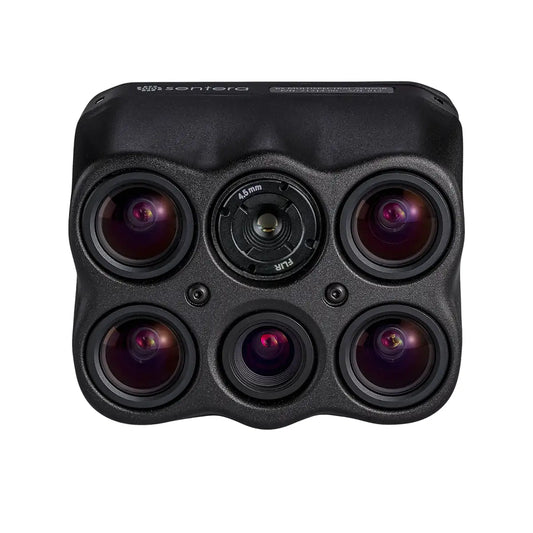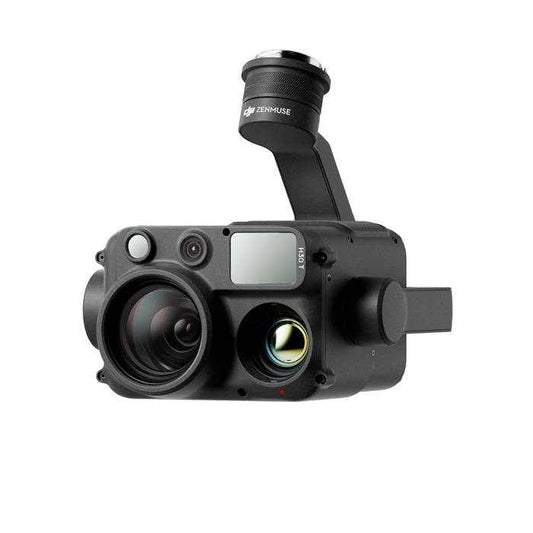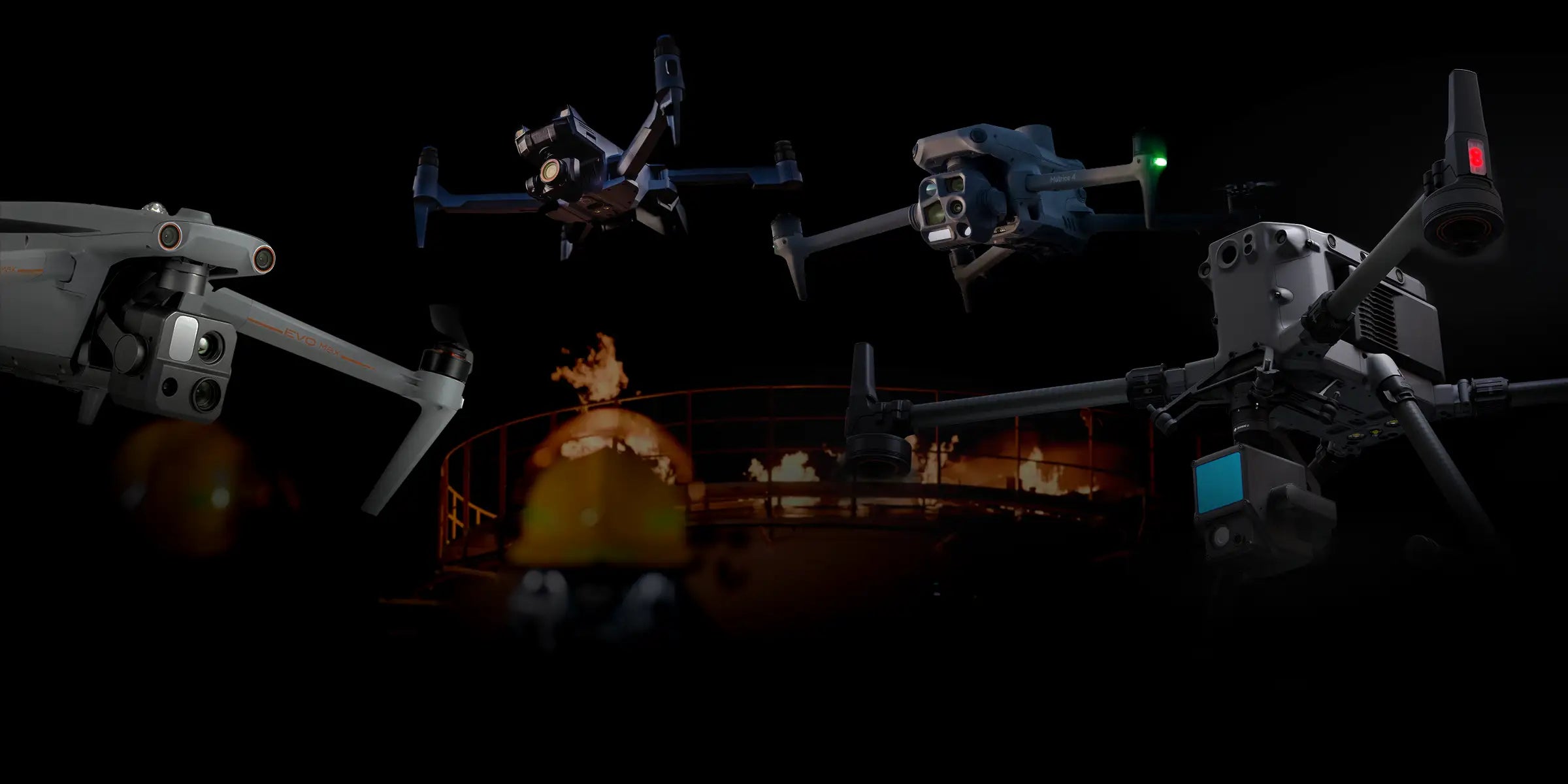
Thermal Drones for Precision Heat Detection
Thermal drones deliver fast, high-resolution heat data for industrial inspections, emergency response, and environmental monitoring.
Faster, Safer Inspections Start with Thermal UAVs
-
The Challenge
- Limited visibility in low light or obstructed environments makes detecting heat sources slow and risky.
- Manual inspections of large or hazardous areas are time-consuming and expose crews to unnecessary danger.
- Inconsistent data from ground teams delays decision-making and planning.
- Traditional thermal inspections require expensive manned aircraft or specialized vehicles.
-
The Drone Advantage
- Thermal drones with high-resolution IR payloads locate heat signatures instantly, even through smoke, fog, or foliage.
- UAVs for heat detection scan wide areas quickly from a safe distance, reducing man-hours and risk.
- Industrial thermal drone solutions capture standardized, GPS-tagged thermal and RGB imagery for precise analysis.
- Thermal mapping drones deliver cost-effective aerial coverage with multisensor payloads for detailed reports.
Solutions
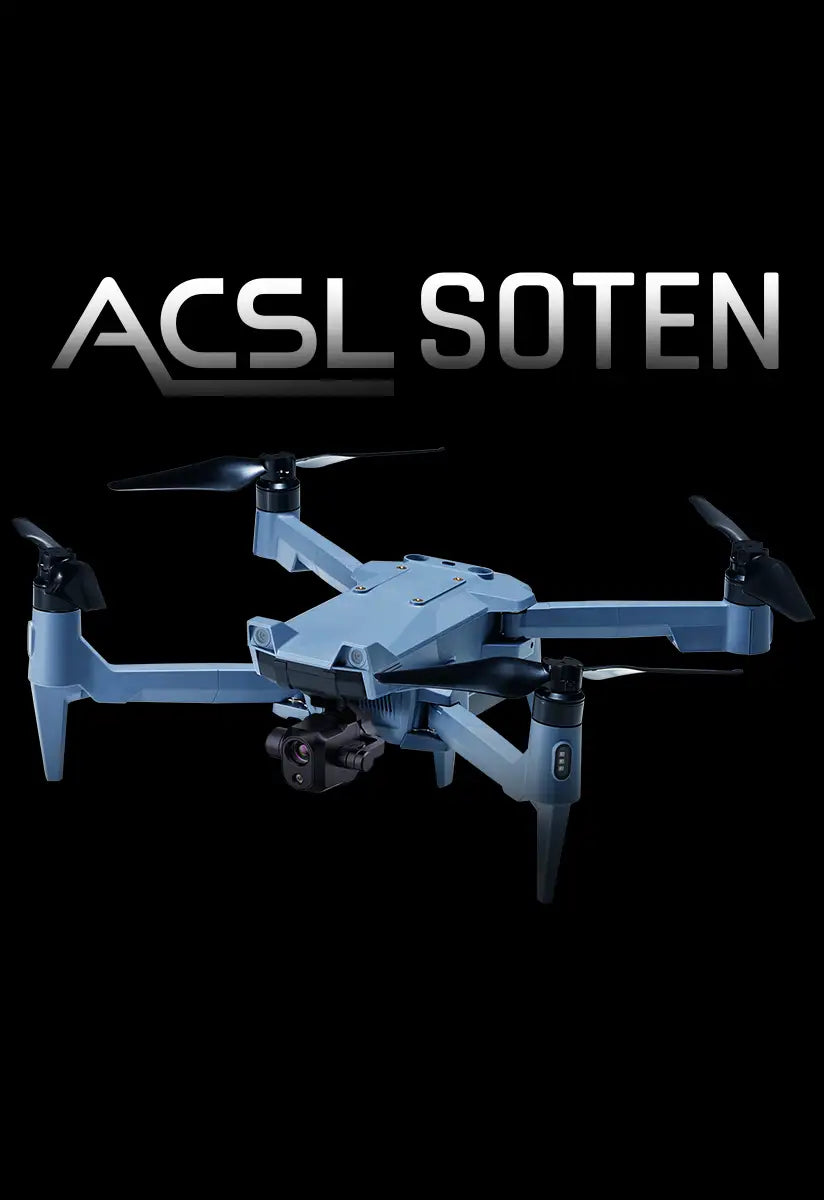
Tactical Thermal Scanning in Confined Environments
Drone Focus: ACSL SOTEN Thermal
When space is tight or the airspace is restricted, the ACSL SOTEN Thermal delivers NDAA-compliant thermal imaging without compromising precision. This lightweight platform is ideal for missions requiring low signature, fast deployment, and secure thermal visibility—whether you're monitoring substations, inspecting rooftop systems, or scanning for heat anomalies at night.
- Radiometric thermal camera with 640 × 512 resolution
- Secure, encrypted control software for critical operations
- Compact frame suited for tight-space or GPS-compromised missions
- Interchangeable payload bay supports visual and IR tasks
-
Drone Platform
Model: ACSL SOTEN Thermal
- Weight: ~1.7 kg
- Max Flight Time (no wind): ~25 minutes
- NDAA-compliant micro UAV with swappable payload bay
-
Payload and Software
- Thermal Payload: ACSL SOTEN Radiometric IR Camera
- Software: ACSL Ground Control System with thermal overlays, palette switching, and encrypted storage
-
Workflow
Mission Execution
- Launch using ACSL tablet interface and secure wireless link
- Monitor live thermal video feed during flight for anomaly detection
- Adjust palette, contrast, and metering modes in real time
- Capture thermal stills or video with timestamped GPS metadata
Post Mission Documentation
- Export thermal data to local storage
- Review imagery for asset health, temperature deltas, or inspection flags
- Share encrypted media with maintenance teams or regulatory agencies
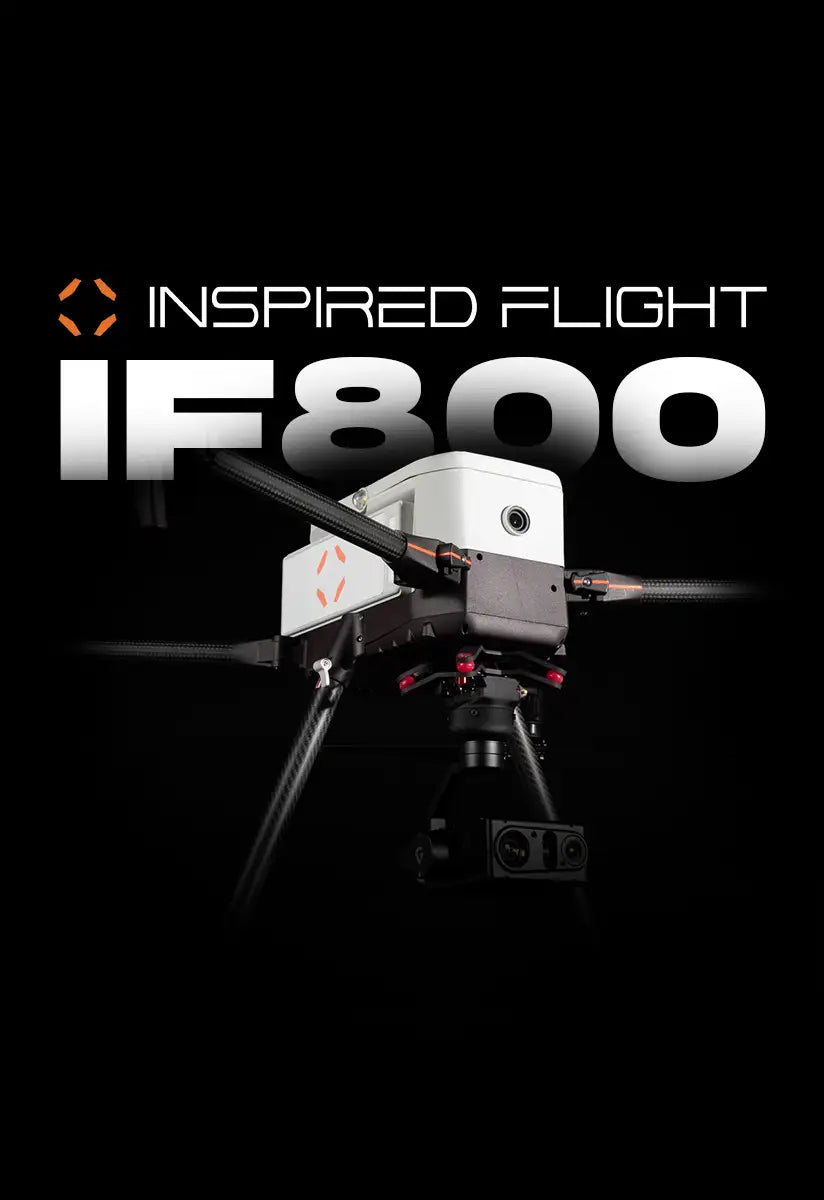
High-Resolution Thermal for Critical Infrastructure
Drone Focus: Inspired Flight IF800 + Gremsy VIO
When infrastructure inspections demand both precision and compliance, the IF800 Blue paired with the Gremsy VIO delivers. This U.S.-made, NDAA-compliant platform supports dual-sensor thermal missions for energy, utility, and industrial operators requiring detailed visual and IR data under strict security or procurement requirements.
- Dual-sensor thermal + visual imaging for complete situational awareness
- NDAA-compliant with U.S.-based support and production
- Up to 40 minutes of flight time for extended site coverage
- Designed for infrastructure inspection, utility mapping, and perimeter monitoring
-
Drone Platform
Model: Inspired Flight IF800 Blue + Gremsy VIO
- Weight: ~10 kg MTOW
- Max Flight Time (no wind): ~40 minutes
- Blue UAS-approved carbon fiber platform with Herelink integrated control
-
Payload and Software
- Thermal Payload: Gremsy VIO Dual-Sensor (IR + RGB)
- Software: Herelink GCS and Gremsy SDK with in-flight palette switching and metadata logging
-
Workflow
Mission Execution
- Pre-plan inspection grid or fly manually along assets
- Capture synchronized thermal and RGB imagery over transmission lines, towers, or plant facilities
- Adjust IR contrast and spot temperature during flight
- Use zoom or wide-angle views for focused inspection or broad-area scans
Post Mission Documentation
- Export dual-sensor imagery to secure server or Herelink device
- Process for heat signature anomalies, stress points, or compliance reports
Deliver annotated visuals to engineering, safety, or regulatory teams
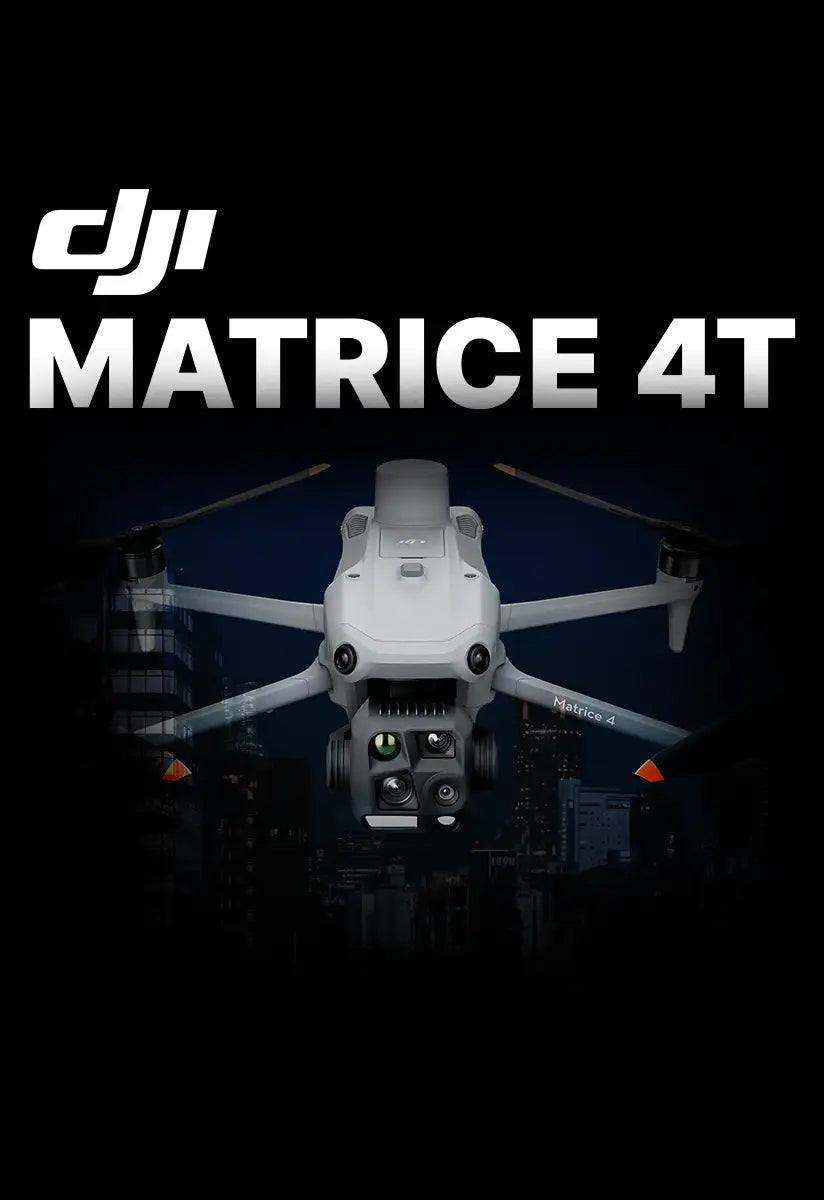
Long-Range Thermal Imaging with AI Support
Drone Focus: DJI Matrice 4T
For missions that demand long-range visibility and multi-sensor precision, the DJI Matrice 4T delivers. With a quad-sensor thermal payload, extended flight time, and real-time AI-assisted overlays, it’s built for departments that need full-scene awareness in dynamic conditions. From industrial site monitoring to tactical SAR, the 4T offers efficient thermal scanning at scale.
- Integrated thermal, zoom, wide, and laser rangefinder in one payload
- Up to 55 minutes of flight time for extended perimeter coverage
- Smart tracking and onboard AI features support faster decisions
- Works seamlessly with DJI’s enterprise software and Dock 2 deployments
-
Drone Platform
Model: DJI Matrice 4T Worry-Free Plus Combo
- Weight: ~3.8 kg
- Max Flight Time: ~55 minutes (no wind, low payload)
-
Payload and Software
Thermal Payload: DJI Zenmuse H30T (IR + RGB + Laser Rangefinder)
Software:
- DJI Pilot 2: Flight control and live video overlays
- DJI FlightHub 2: Cloud-based mission coordination and data sync
- Optional: DJI Dock 2 support for automated remote deployments
-
Workflow
Mission Execution
- Deploy and calibrate using DJI Pilot 2 with smart route planning
- Scan wide areas using live thermal and EO feeds
- Use AI spotting and subject tracking for real-time monitoring
- Capture multi-angle video and thermal stills during flight
- Log geotagged readings with laser rangefinder for high-value targets
Post Mission Documentation
- Sync logs and imagery to FlightHub 2 for team access
- Export layered media and flight logs for reporting or case files
Archive data to GIS platforms or third-party systems
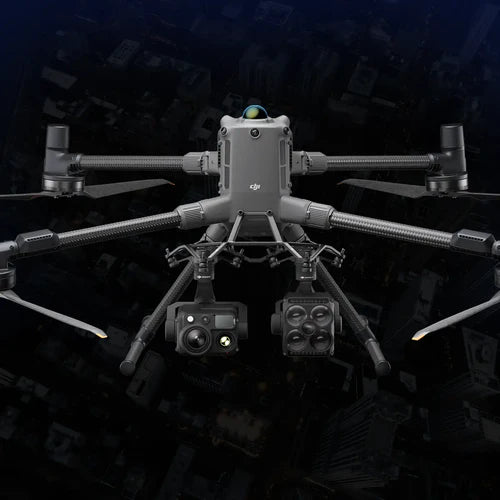
Thermal Drone Kits and Bundles
Every kit we build is made for real missions—thermal sensors that see what boots on the ground can’t and drones that go where it’s unsafe to walk. Explore our latest enterprise drones like the DJI Matrice 4T, Inspired Flight IF800, ACSL SOTEN Thermal, GDU S220 Pro, and Autel Alpha—field-tested systems built for professionals who can’t afford downtime.
-
DJI Matrice 4T Universal Edition
Regular price $7,849.00Regular priceUnit price / per -
DJI Matrice 400
Regular price $10,450.00Regular priceUnit price / per -
DJI Matrice 4TD Aircraft with DSLRPros Care Plus
Regular price $8,739.00Regular priceUnit price / per -
GDU S220 Pro 640 Thermal Standard Kit with 1x S200 Battery
Regular price $5,999.00Regular priceUnit price / per -
GDU S220 Pro 1K Thermal Standard Kit with 1x S200 Battery
Regular price $7,999.00Regular priceUnit price / per -
DJI Matrice 3TD with Care Enterprise Plus
Regular price $10,806.00Regular priceUnit price / per -
DJI Matrice 30T with BS30 Battery Station and Care Enterprise Plus
Regular price $12,456.00Regular priceUnit price / per -
Autel Alpha with L35T Gimbal Camera
Regular price $19,289.00Regular priceUnit price / per -
Autel EVO Max 4T XE
Regular price $8,999.00Regular priceUnit price / per
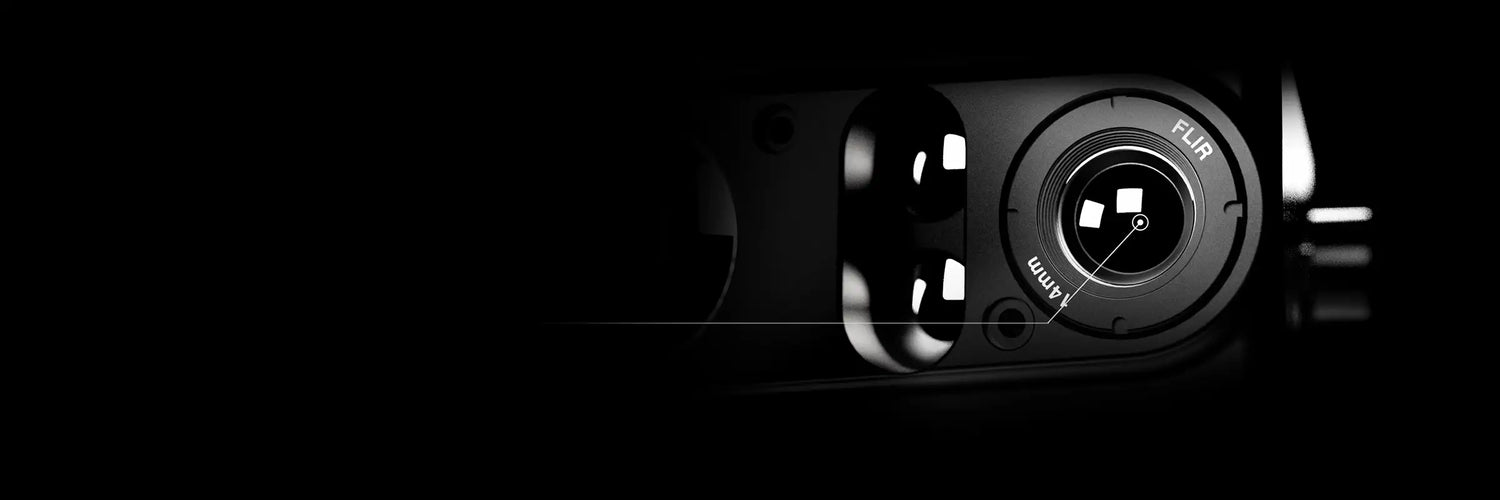
Thermal Payloads for Mission-Critical Visibility
Outfit your drone with thermal imaging that works when visibility doesn’t. From radiometric sensors to low-light hybrid payloads, these thermal cameras help you detect heat signatures, assess hazards, and capture data you can trust—whether you’re searching for people, diagnosing infrastructure, or scanning terrain in the dark.
-
Deepthink S3 Tri-Sensor Night Vision Thermal Imaging Camera for DJI Matrice 350
Regular price $6,599.00Regular priceUnit price / per$6,999.00Sale price $6,599.00Sale -
Deepthink S8 Night Vision Camera for DJI Mavic 3E/3T
Regular price $1,999.00Regular priceUnit price / per -
ACSL SOTEN High Resolution Thermal Camera
Regular price $6,900.00Regular priceUnit price / per -
Sentera 6X Thermal Pro Sensor Kit for M300/M350
Regular price $20,275.00Regular priceUnit price / per -
Inspired Flight Gremsy VIO Payload for IF800
Regular price $10,000.00Regular priceUnit price / per -
Freefly LR1 Thermal Upgrade
Regular price $7,495.00Regular priceUnit price / per -
Deepthink P8 Pro Portable Night Vision Monocular
Regular price $1,999.00Regular priceUnit price / per -
Sentera 6X Thermal Sensor Kit for M300/M350
Regular price $16,750.00Regular priceUnit price / per -
DJI Zenmuse H30T with Care Enterprise Plus
Regular price $11,560.00Regular priceUnit price / per
10 Ways Drones Improve Thermal Missions
-
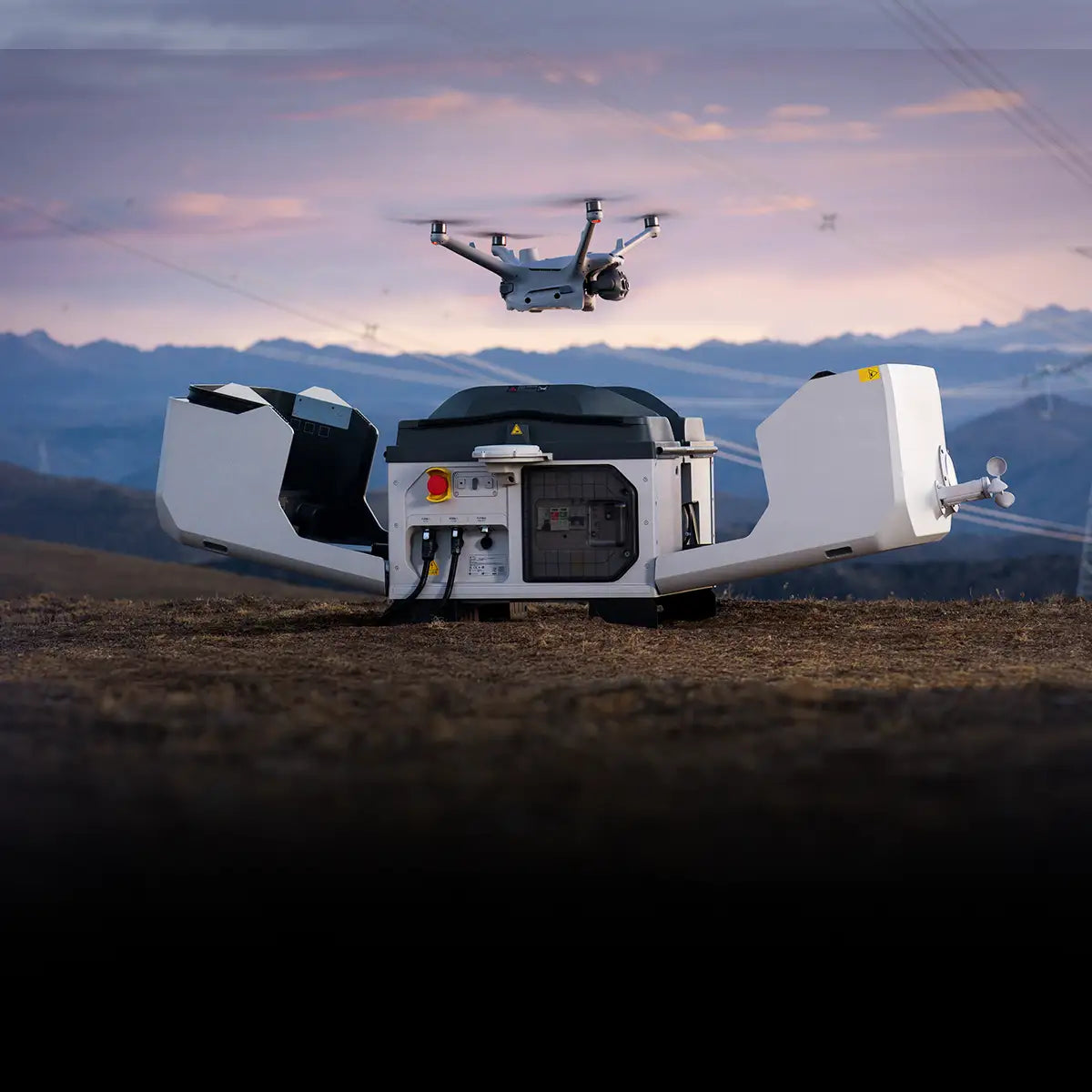
Rapid Deployment
Compact thermal drones can be deployed in under a minute, reducing setup time in urgent scenarios.
-
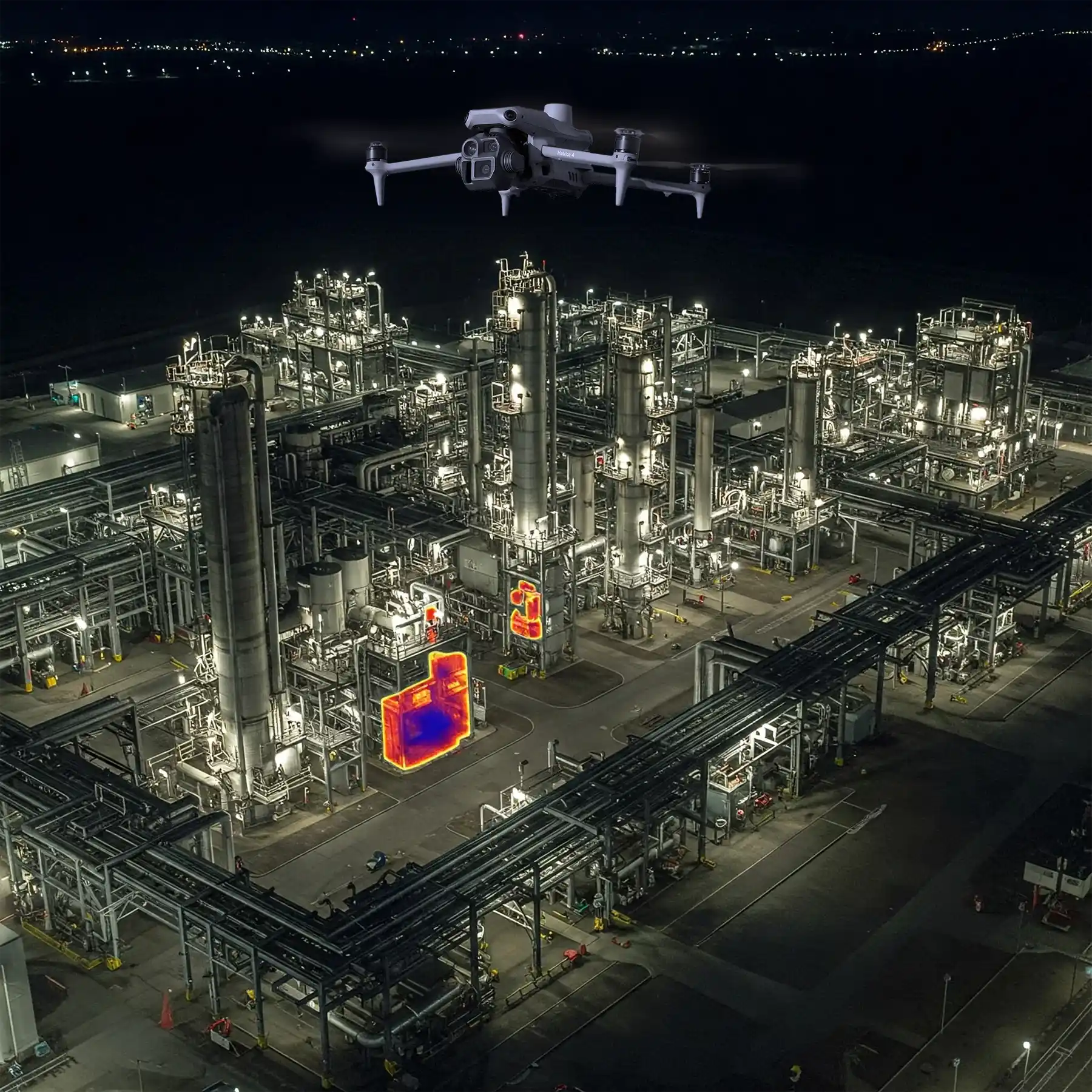
Real-Time Heat Detection
Thermal sensors detect hotspots, heat loss, or temperature anomalies instantly—essential for firefighting, energy, and SAR.
-
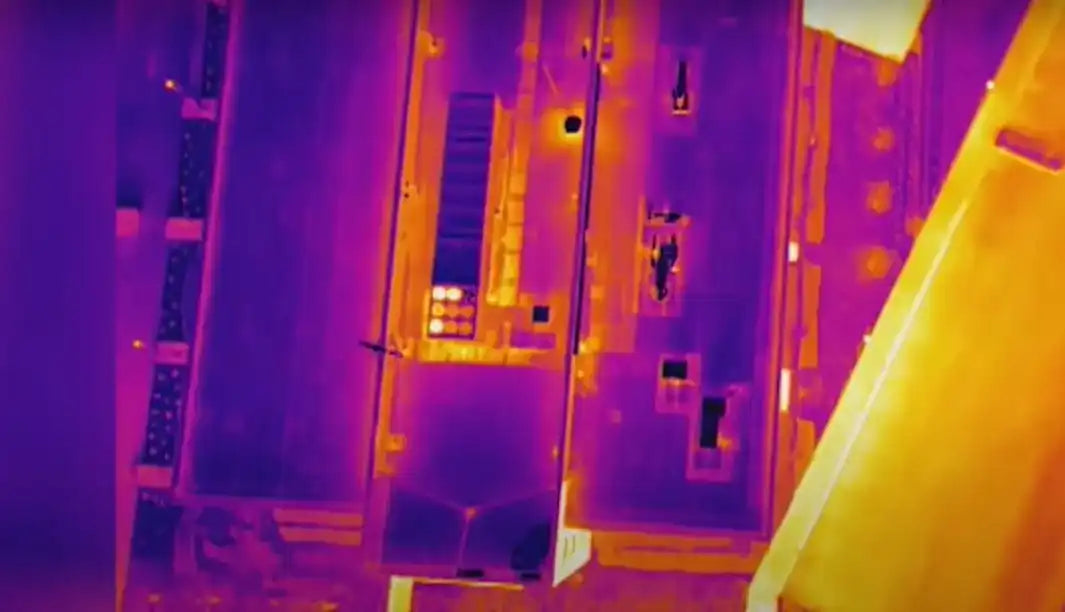
Enhanced Situational Awareness
Multisensor drones combine thermal and visual feeds to provide teams with better on-site decision-making tools.
-
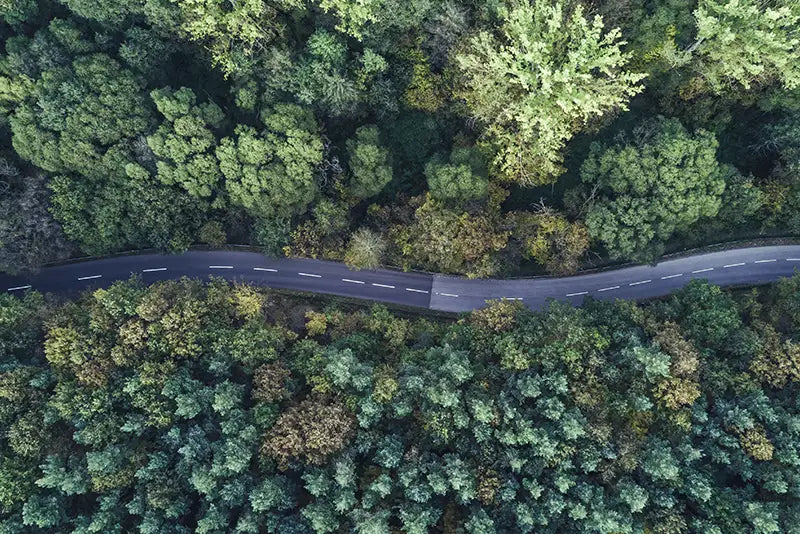
Access to Hard-to-Reach Areas
Drones can reach rooftops, treetops, pipelines, or enclosed spaces without endangering personnel.
-
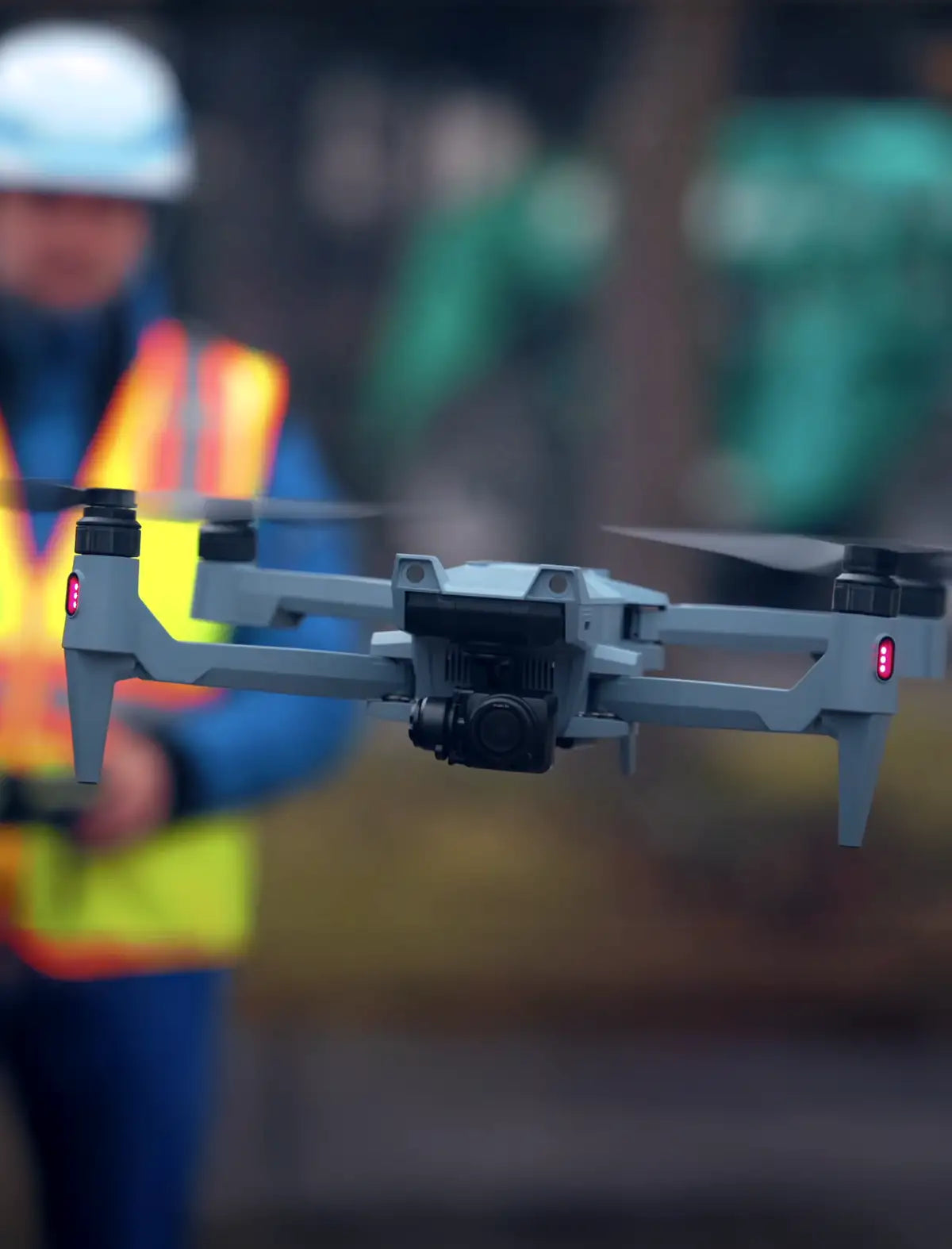
24/7 Mission Readiness
Thermal drones operate in total darkness, fog, or smoke, making them ideal for night ops and low-visibility environments.
-
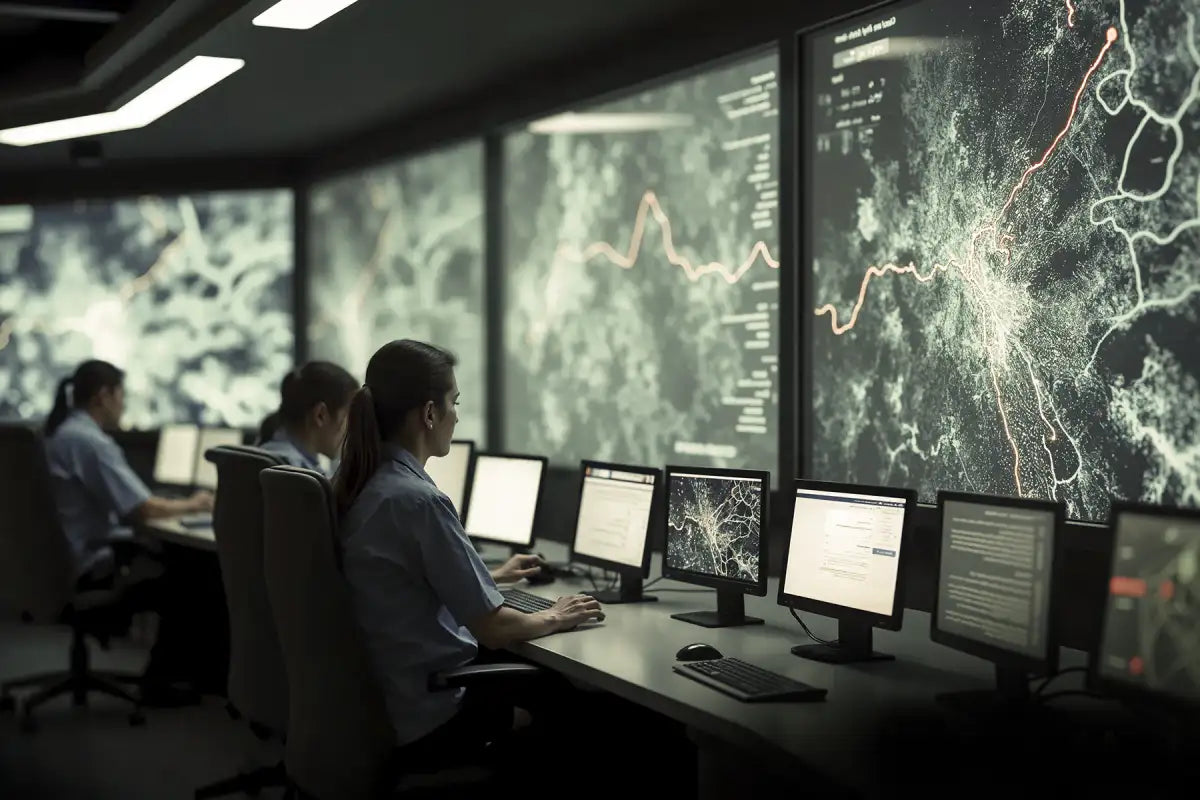
Live Video Transmission
Teams can view thermal feeds live in the field or command center to direct responders in real time.
-
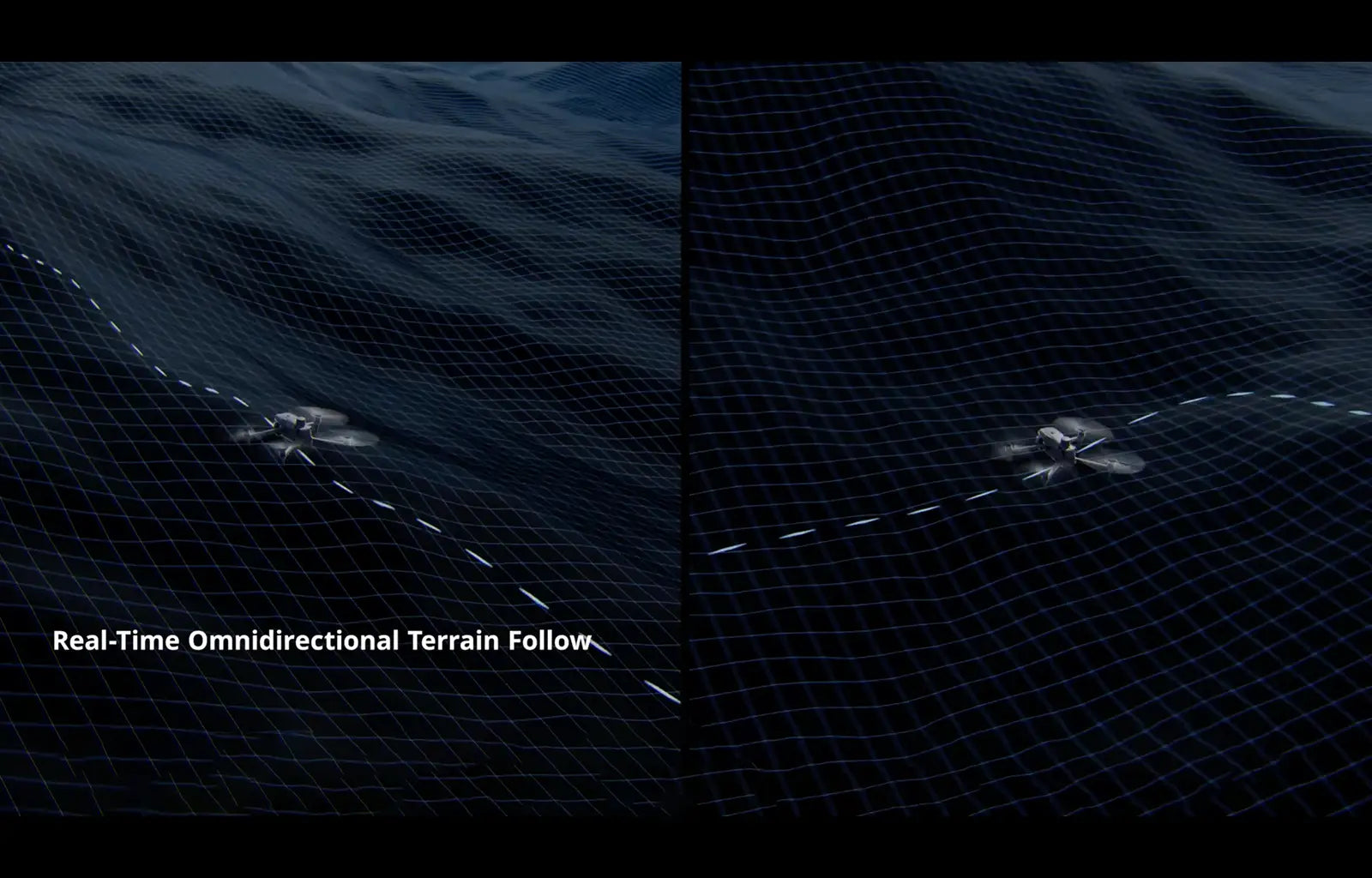
Automated Flight Paths
Pre-programmed missions ensure consistent thermal coverage for repeatable inspections or mapping.
-
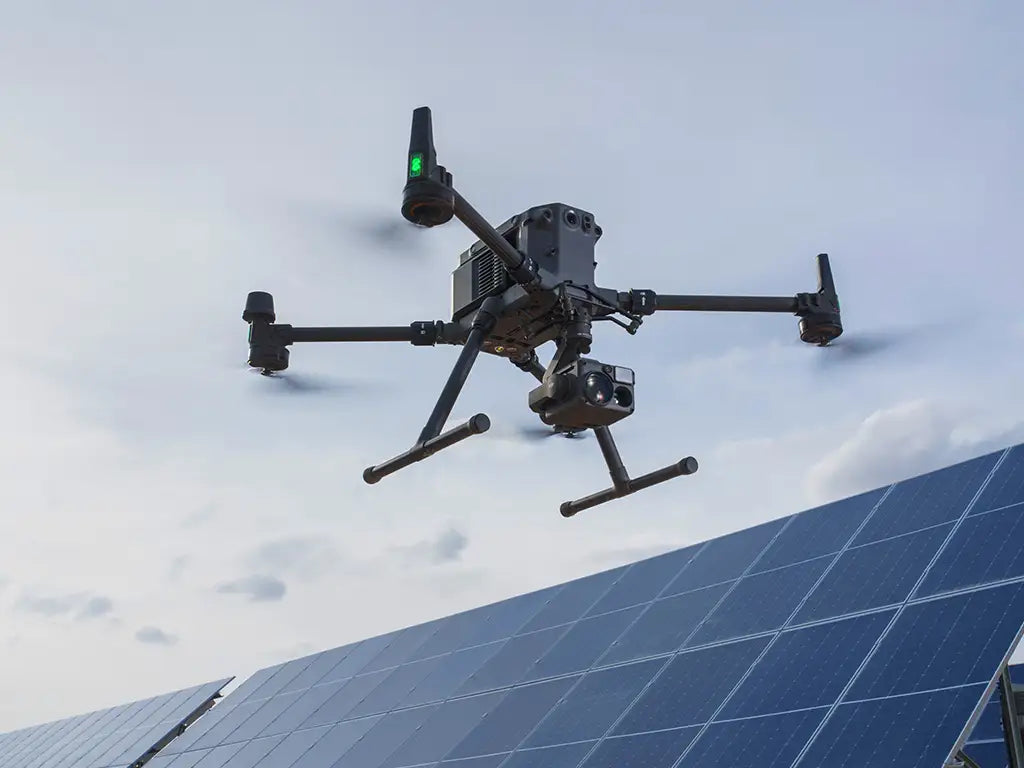
Safer Inspections
Inspect hazardous infrastructure—like power stations, solar fields, or substations—without putting workers at risk.
-
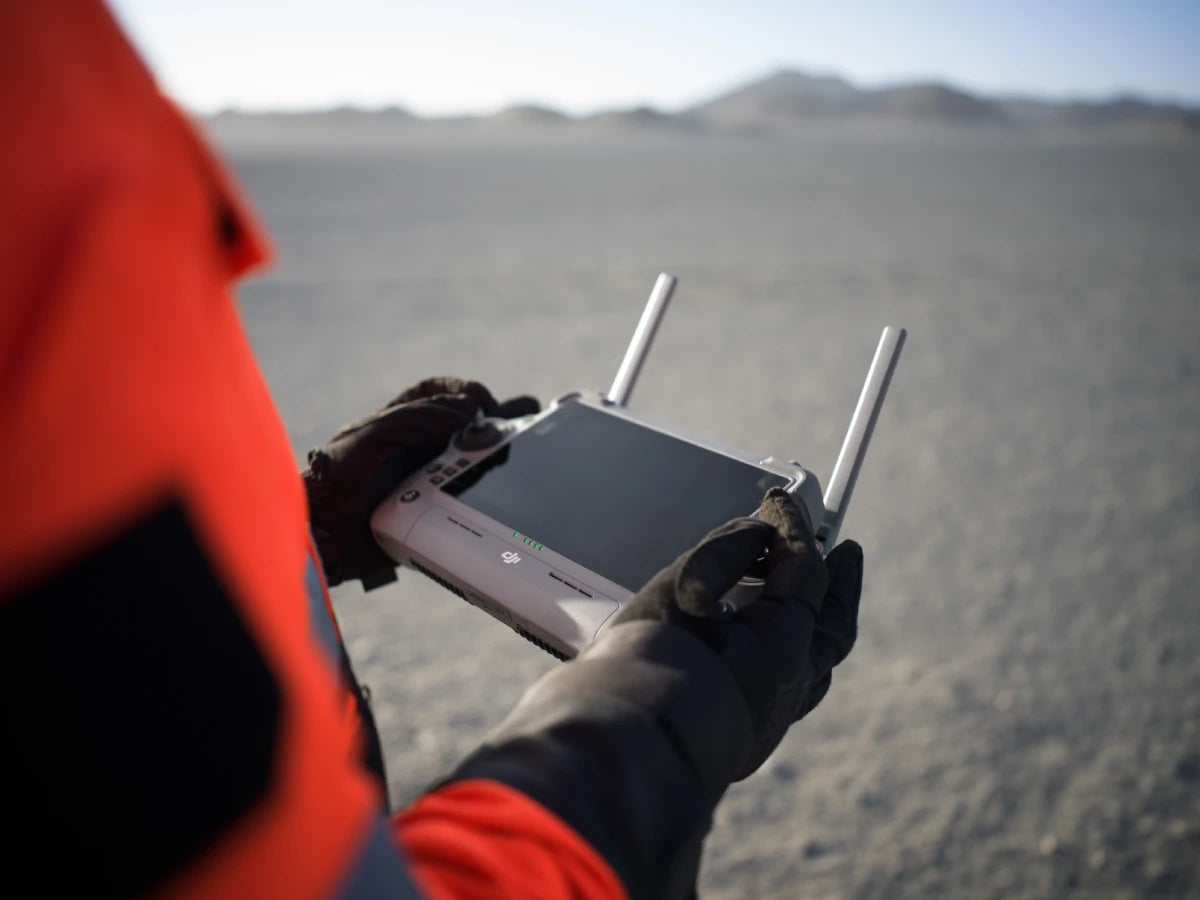
Immediate Image Capture
High-res thermal imagery is stored on the drone or controller for quick post-mission evaluation.
-
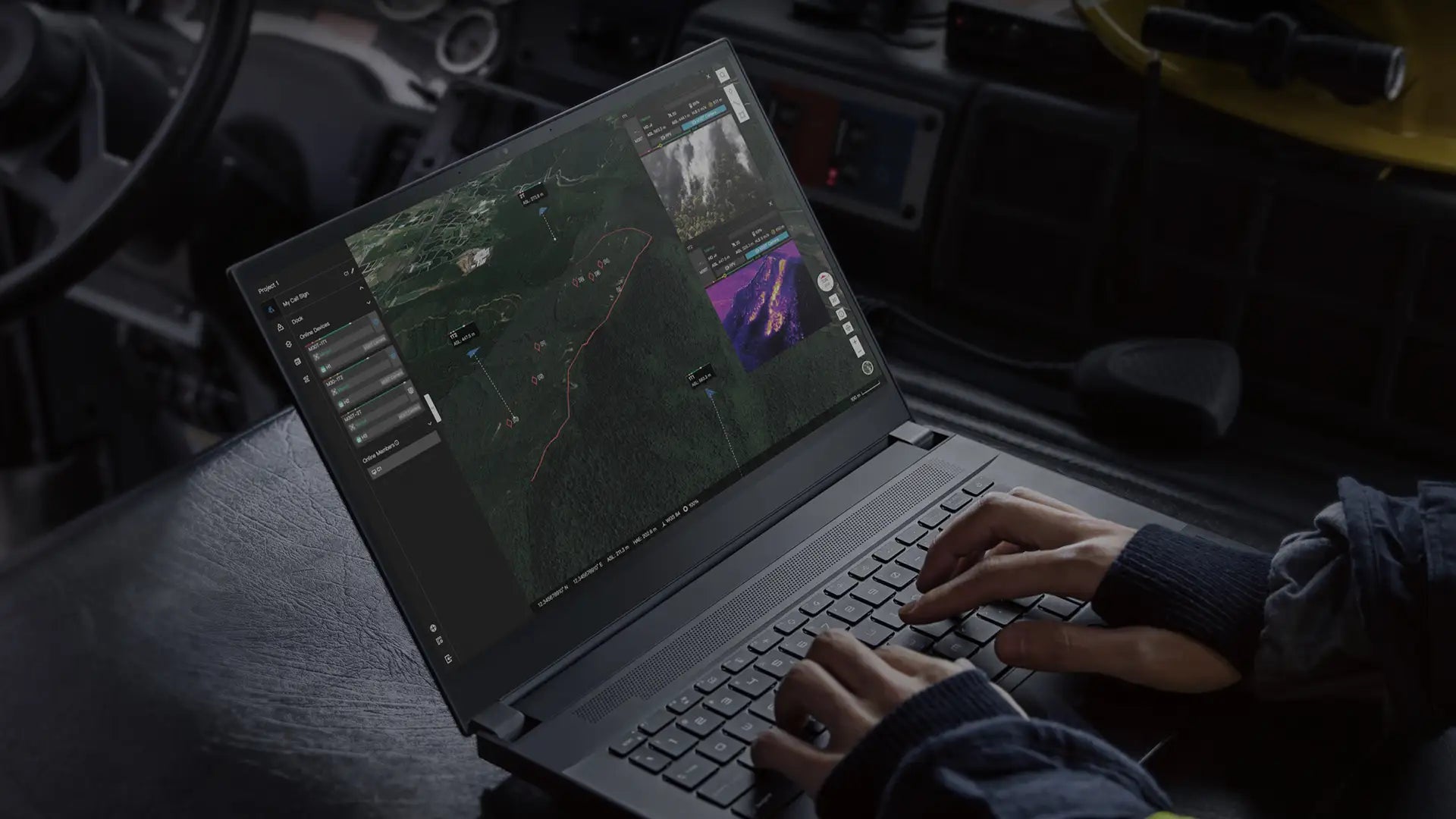
Streamlined Reporting
Captured data integrates with GIS or thermal analysis software for rapid documentation and sharing.
10 Applications for Drones in Thermal Missions
-

Search and Rescue (SAR)
Locate missing persons with body-heat detection in wilderness, urban collapse, or post-disaster zones.
-

Wildfire Management
Track fire lines, spot flare-ups, and monitor containment efforts using real-time thermal imagery.
-

Law Enforcement Surveillance
Monitor perimeter breaches or concealed suspects in low-light conditions with thermal night vision.
-
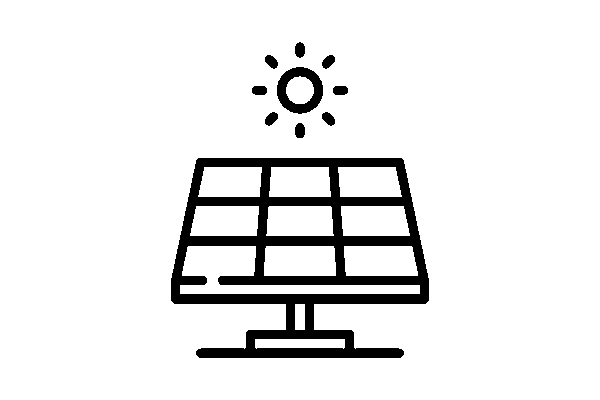
Solar Panel Inspections
Detect panel malfunctions, defective cells, or electrical faults via heat signatures.
-
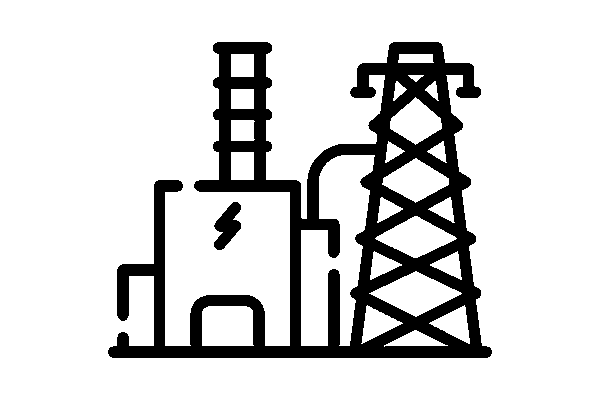
Substation & Transformer Monitoring
Assess overheating components in live electrical infrastructure without shutdowns.
-

Roof & Building Envelope Analysis
Spot heat leaks, moisture issues, and insulation problems for commercial property assessments.
-

Pipeline and Tank Inspections
Detect leaks or pressure loss along long-range infrastructure using thermal imaging from the air.
-

Livestock Monitoring
Track herd health and movement at night or across large farms using heat signatures.
-

Perimeter Security
Identify intrusions along facility boundaries or critical infrastructure with autonomous patrols.
-

Emergency Response Planning
Use thermal mapping to identify safe routes, hazardous zones, or evacuation paths post-incident.
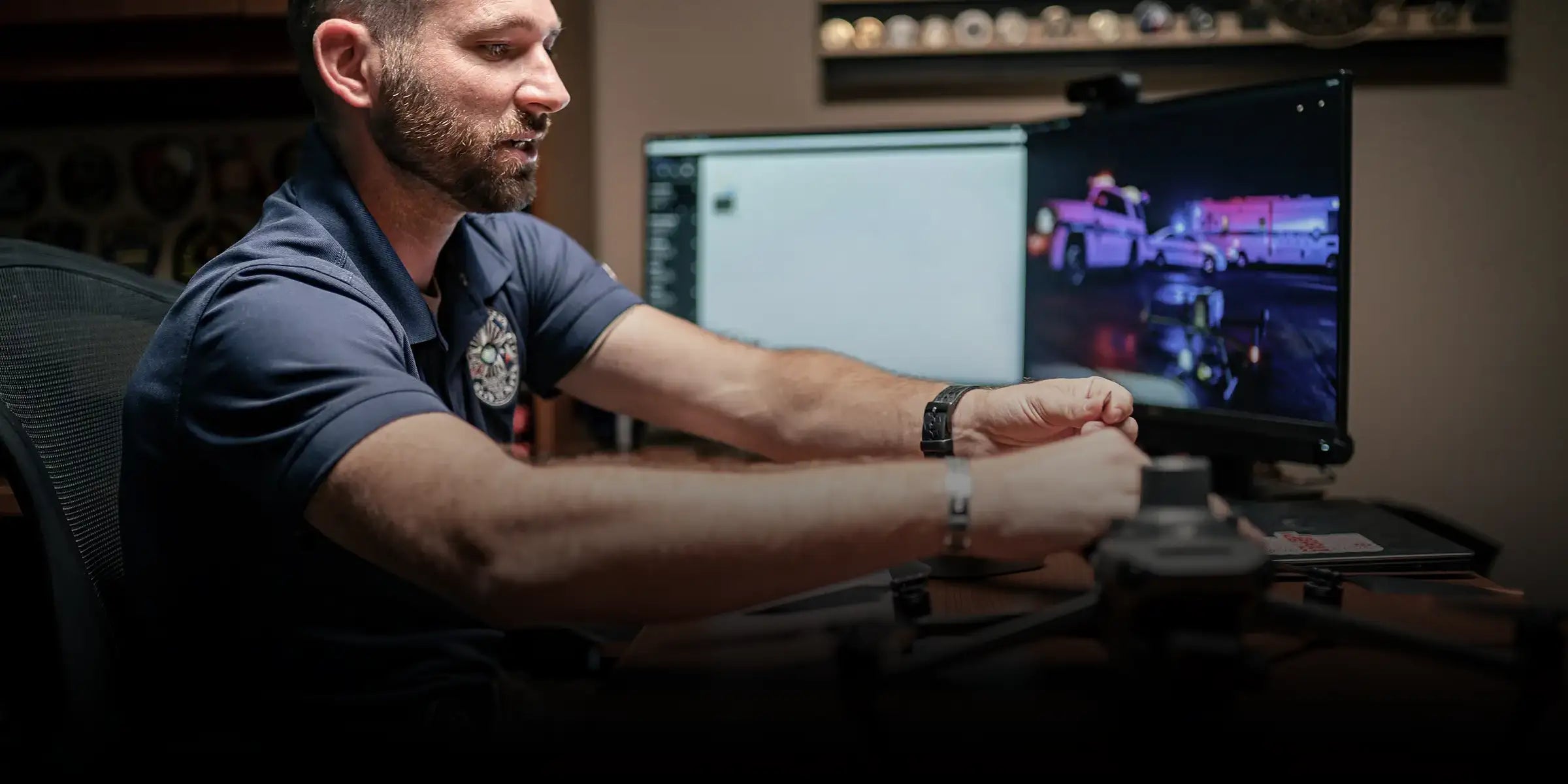
Talk to a Thermal Drone Specialist
Ready to upgrade your thermal operations? Whether you're managing inspections, public safety, or emergency response, our team can help you choose the right thermal drone solution for your mission.
The DSLRPros Advantage
-

UAV THERMAL EXPERTS
We are industry leaders in thermal imaging drones. As one of the pioneers in thermal drone technology, our team of experts will help you build a custom solution that meets both your budget and needs.
-

MISSION SPECIFIC SOLUTIONS
We specialize in the development and delivery of cost-effective mission-specific enterprise solutions. All our kits are specially designed, assembled, and individually tested for quality assurance in the United States.
-

AFTER PURCHASE SUPPORT
Our customer service doesn't just end with your purchase; we go the extra mile to make sure our customers have the guidance they need. As our customer, you will know us by name and can count on us for support whenever you need it.






- Choosing a selection results in a full page refresh.
- Opens in a new window.




















